YouTube Chefs Influencing Home Cooking Trends
11 min read Exploring how YouTube chefs shape current home cooking practices and influence culinary trends worldwide. July 14, 2025 06:05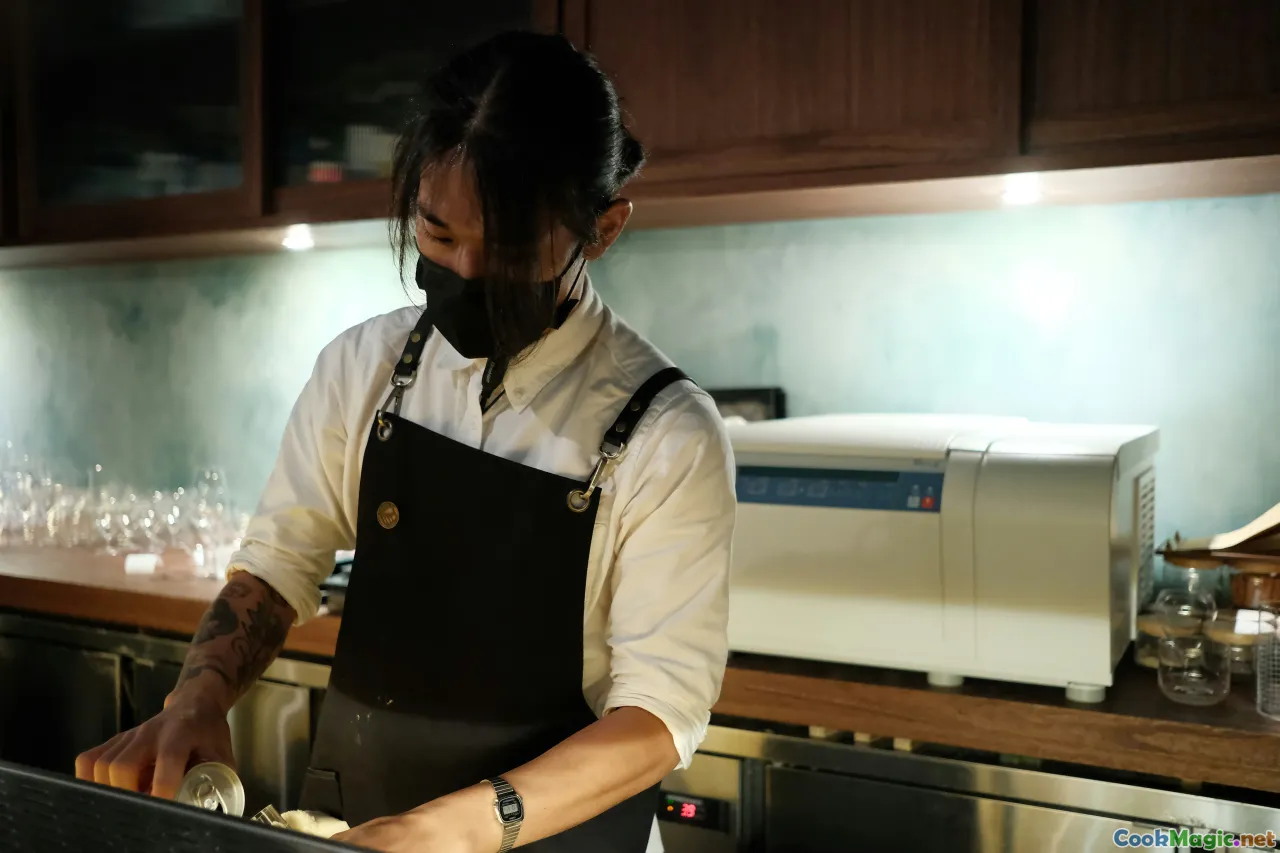
YouTube Chefs Influencing Home Cooking Trends
In the kaleidoscope of modern food culture, few phenomena have reshaped our kitchens and dinner tables as profoundly as the rise of YouTube culinary influencers. What began as a handful of passionate food enthusiasts sharing homemade recipes has evolved into a global gastronomic movement, where charismatic chefs—ranging from tech-savvy home cooks to Michelin-starred professionals—craft immersive culinary sagas that inspire millions. The vibrant tapestry of these digital maestros not only democratizes cooking but also infuses it with an infectious sense of adventure and personal storytelling that resonates deeply with viewers worldwide.
The Digital Renaissance of Home Cooking
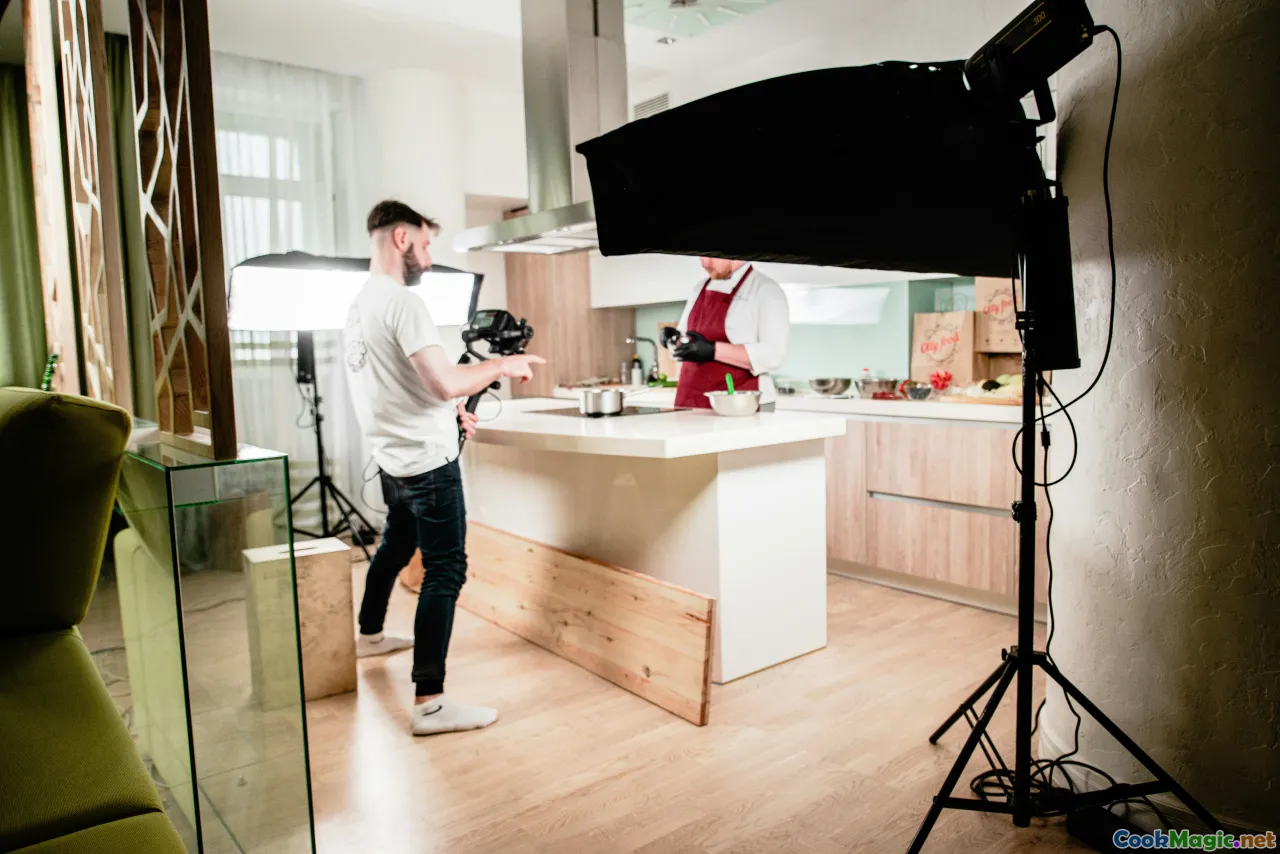
At the dawn of the internet age, home cooks turned to the screen for inspiration, but it was the arrival of YouTube that truly ignited a revolution. Unlike traditional TV cooking shows, YouTube chefs operate within a democratized platform, where entrepreneurs and passionate home cooks alike can craft their culinary identity. These creators break down complex techniques, revealing a whiff of salt here, a dash of miso there, making advanced cooking accessible and fun.
YouTube's visual storytelling—close-up shots of bubbling sauces, the crackle of searing meat, the vibrant explosion of diced vegetables—transforms cooking from a mundane chore into an immersive sensory experience. Content creators like Junior Ligawith his hearty Brazilian barbecue orMary’s Test Kitchen demonstrating authentic American comfort dishes become modern-day troubadours, guiding viewers through their culinary journey.
What sets these influencers apart is their authentic voice, personal stories, and their ability to translate cultural recipes into approachable home cooking, sparking a democratization that has led to new culinary trends rooted in authenticity and experimentation.
From Vine to Viral: How Chefs Set Trends
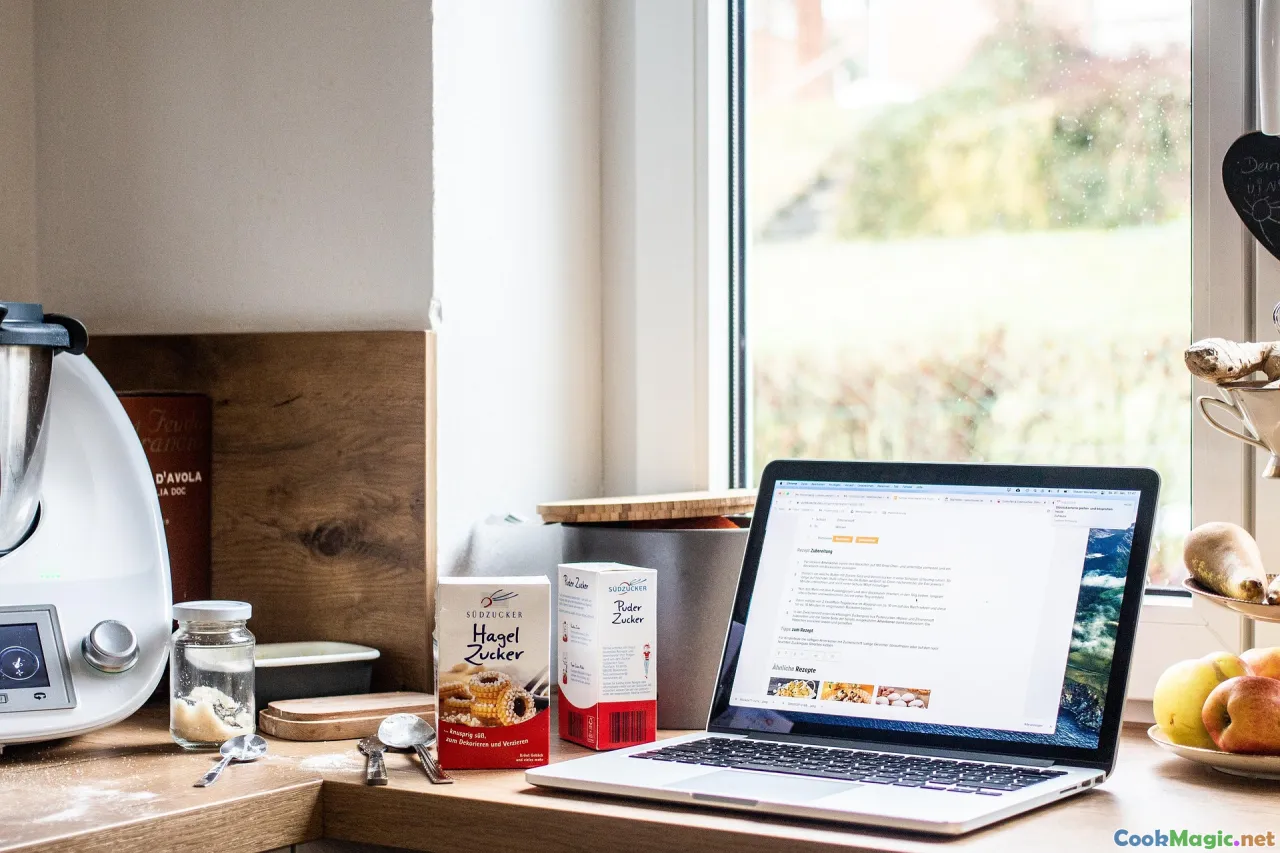
The viral potential of YouTube culinary content has reshaped how food trends emerge and spread. A single well-executed video can set off a global craze—think of the Omsom-inspired fiery Korean stews or Ethiopian injera made with a modern twist. When chefs like Best Ever Food Review ShoworKosherella share bold, culturally rooted dishes, such recipes often become instant hits, inspiring thousands to try and reinvent them.
Take, for example, the phenomenally popular #TiktokTikka craze inspired by a recipe on YouTube. These videos aren’t just about the recipe—they’re about cultural storytelling, about reconnecting with heritage, and about emulating the joy of sharing food that’s rich with history.
Furthermore, YouTube chefs often innovate by blending cuisines—say, turning traditional Filipino adobo into a slow-cooker comfort dish or Korean street food tacos—catalyzing hybrid fusion trends that keep the culinary landscape exciting.
The Rise of Cultural Narratives in Food Content

One of YouTube’s greatest contributions is amplifying culinary heritage. Creators like Maangchi, whose videos explore the subtle art of fermenting kimchi, or The Backyard Farm showcasing farm-to-table traditions, situate food within rich cultural narratives. These stories evoke a strong emotional connection—smells of garlic and fermented cabbage, the crackle of a frying pancake—transporting viewers to distant lands and generations of culinary wisdom.
Whether it’s breaking down the complexities of making Ethiopian doro wat or showcasing Mexican mole recipes passed down through generations, these chefs turn recipes into stories. This storytelling approach fosters a sense of shared cultural identity, inspiring curiosity and respect for culinary diversity.
Personal stories are integral, too—such as chefs recounting family feasts, historical anecdotes, or their migration journeys—making food a vessel for cultural understanding amid a globalized world.
How-To and Technique: Making Things Accessible

One of the biggest influences of YouTube chefs is their ability to demystify complex techniques, making advanced cooking approachable. For a novice, slicing a perfectly julienned vegetable or caramelizing onions with the shimmer and aroma that intrigues the senses can seem daunting. However, creators like Serious EatsorChef John break down each step with clarity, framing recipes as a culinary puzzle waiting to be solved.
For example, the viral “Perfect Singh’s Samosas” tutorial doesn’t just show you how to unlock the secrets of flaky pastry; it includes tips on selecting the right potatoes, spicing the filling, and achieving that signature crispy exterior—a tactile journey that boosts confidence.
We see this influence reflected in trends of home fermentation (sourdough starters bubbling and tangy), baking bread, or mastering complex techniques like sous-vide cooking—all made accessible and engaging through detailed video guides.
The Power of Personal Branding and Community
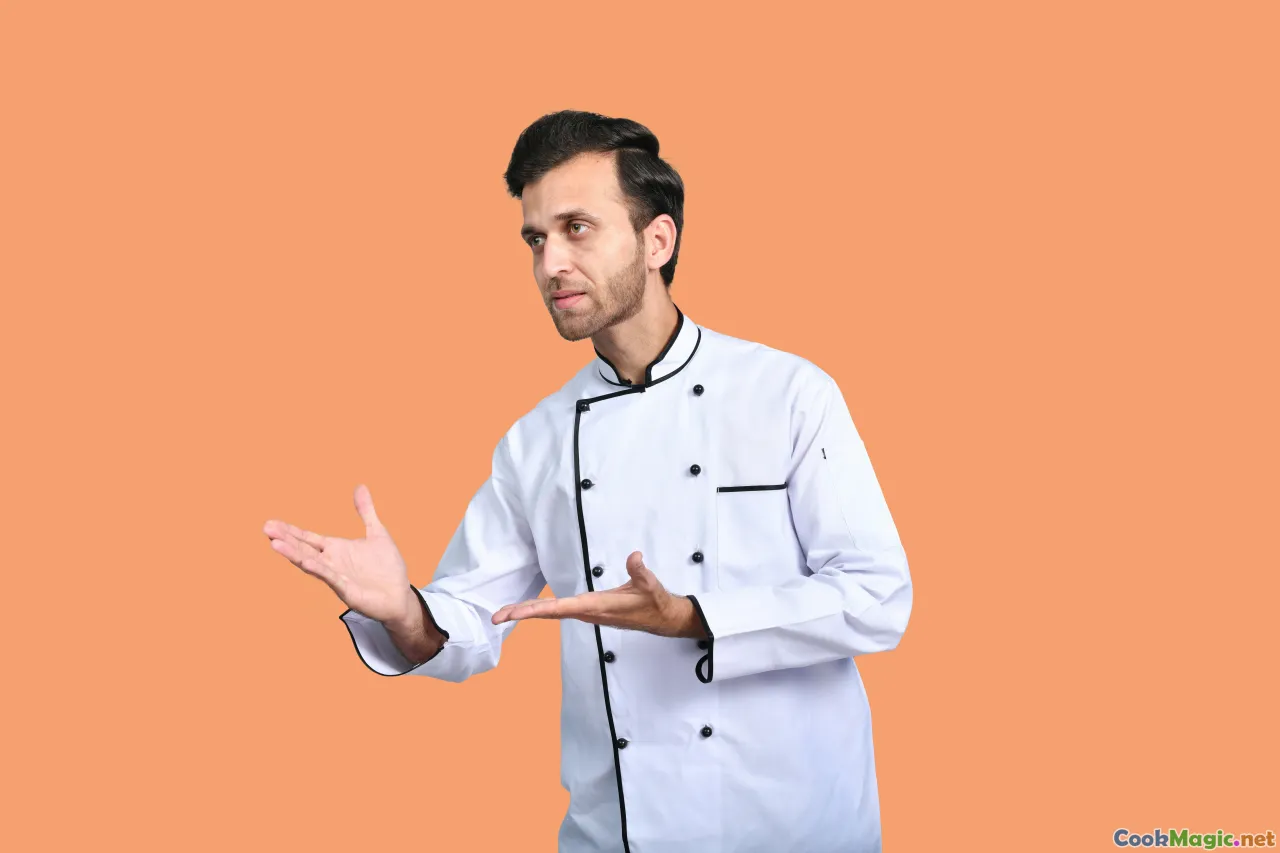
If traditional chef television often kept viewers at arm’s length, YouTube has fostered active communities. Chefs build personal brands—like Joshua Weissman’s humorous, down-to-earth style or Rosie Kay’s vegan comfort food—creating loyal followings that eagerly await their next upload.
This community aspect extends beyond passive watching. Comment sections become lively forums where home cooks exchange tips, answer questions, and share their own culinary triumphs. Live Q&As and virtual cook-alongs deepen this bond, transforming a solitary act into a collective celebration of food.
Many creators leverage Patreon, merchandise, or online classes to monetize their influence—turning their passion into livelihoods while simultaneously shaping taste and sentiment surrounding food.
Young Chefs, New Inspirations
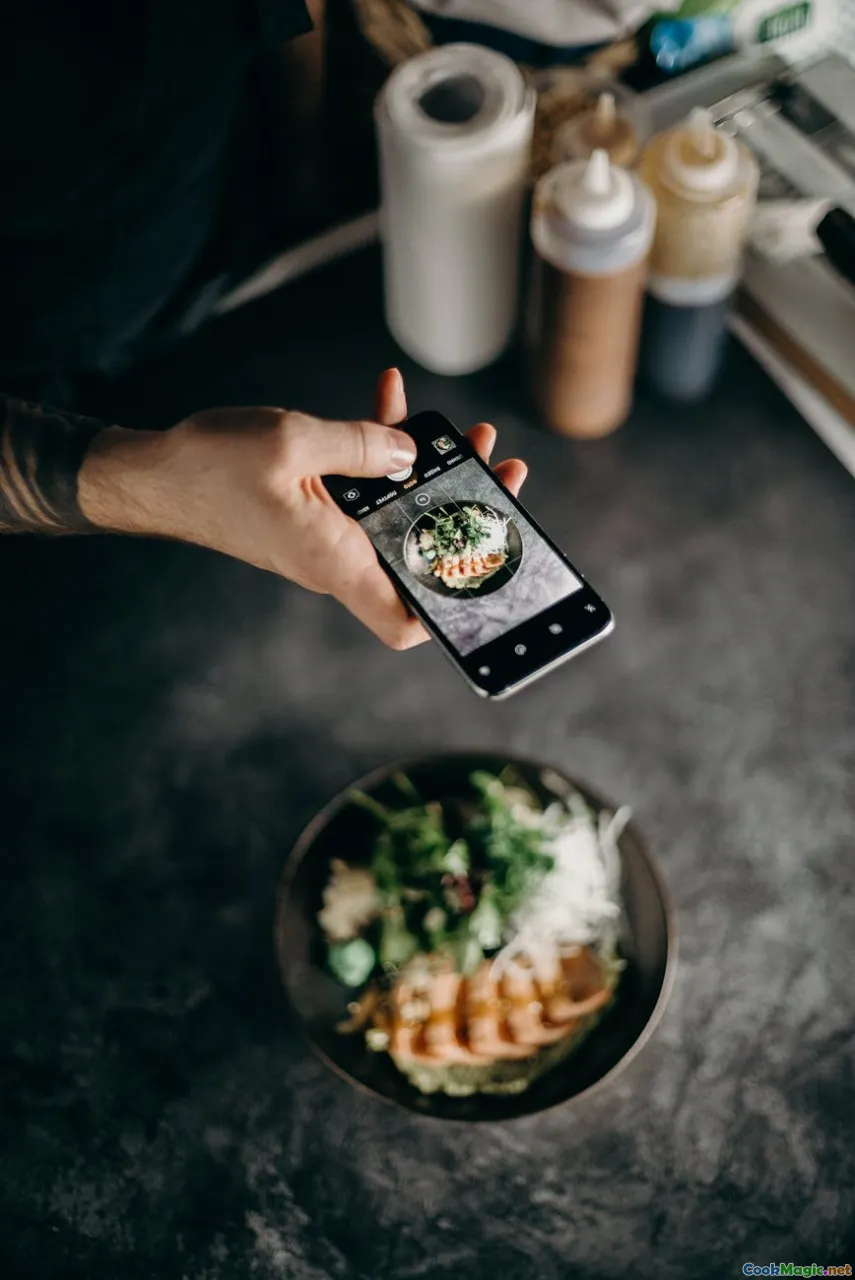
Young YouTube chefs are redefining aesthetic norms, often emphasizing visual flair that translates stunningly on an Instagram scroll or TikTok clip. Their vibrant plating, colorful ingredients, and playful presentations influence restaurant trends too.
A prime example is Runamuck Kitchen, where bold, Instagram-worthy dishes like rainbow ramen or neon-lit desserts push the boundaries of traditional culinary presentation, inspiring home cooks to embrace bigger, brighter flavors and visuals.
In a culture that values authenticity and innovation, these young influencers encourage experimentation—blending street food with fine dining or reinventing comfort foods with a modern twist.
The Future of Food Influencer Culture

As technology continues to evolve, the impact of YouTube chefs is likely to deepen through integrations with virtual reality, augmented reality, and AI-driven customization. Imagine following a chef in a virtual kitchen or receiving instant ingredient substitutions tailored to your palate—these innovations could make home cooking an even more immersive, personalized experience.
Meanwhile, cross-platform collaborations, such as TikTok recipes originating from YouTube tutorials or live streaming with interactive polls, will further blur the lines between media and hands-on experience, influencing culinary trends in real time.
In this landscape, the role of the chef—whether a seasoned professional or an enthusiastic home cook—is becoming more of a storytelling, cultural ambassador, and tech integrator, shaping food in pop culture with unprecedented immediacy and authenticity.
The heart of this movement is rooted in the shared human experience—smelling, tasting, and creating dishes that connect us across borders and generations, all through the vibrant, electrifying world of YouTube culinary content.









